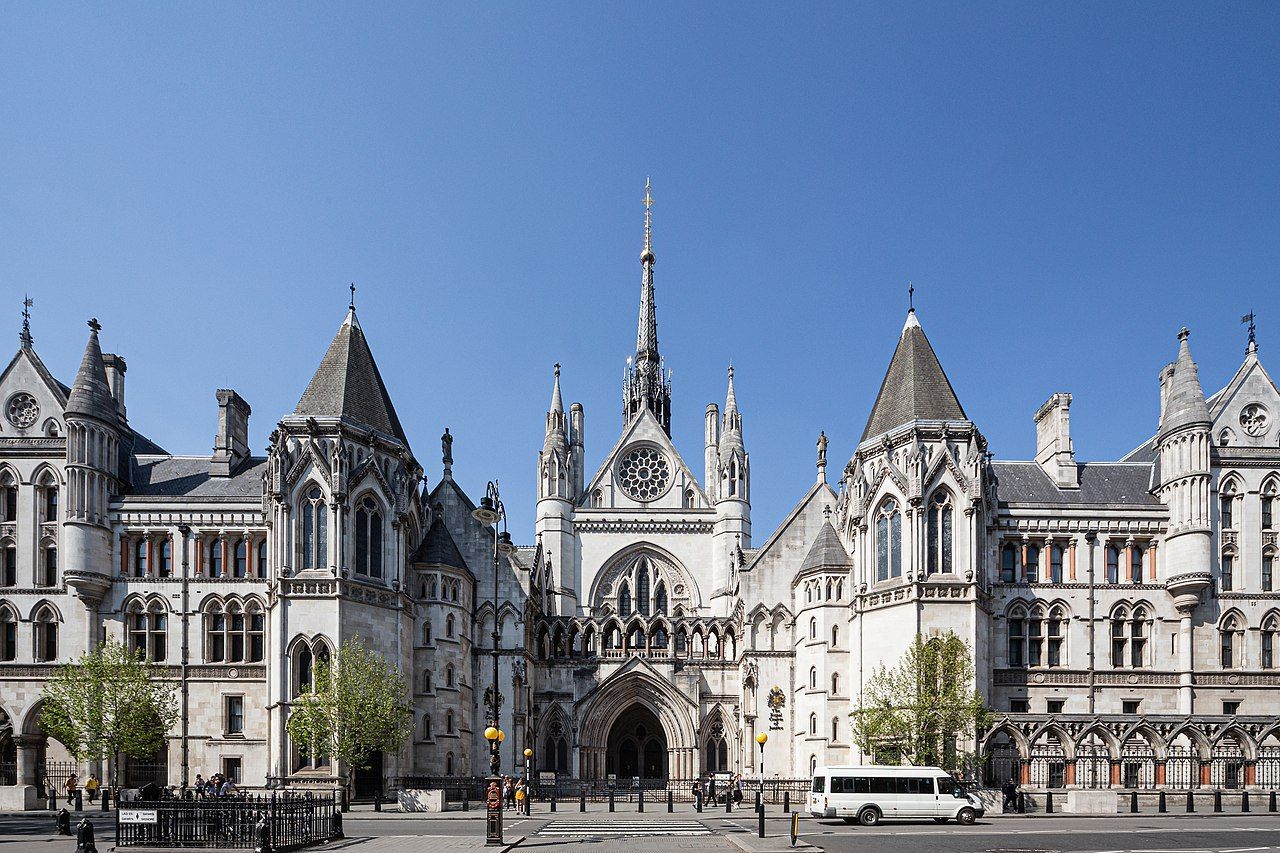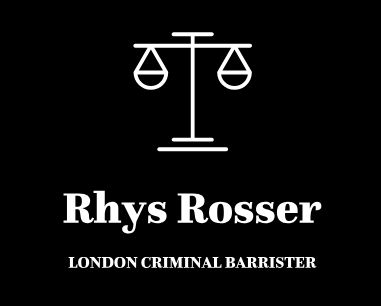The Case of Andrew Malkinson – How does the CCRC Work?
The Criminal Cases Review Commission was set up as a result of the introduction of Section 8 of the Criminal Appeal Act 1995. The CCRC started work on 31st March 1997.

The purpose of the CCRC is to consider cases which have already been before the Court of Appeal and have not been granted leave to appeal.
The test that CCRC must apply when considering a case is whether there is a real possibility that the conviction, verdict, finding or sentence would not be upheld were the reference to be made. The reference refers to referring the case to the Court of Appeal.
The meaning of “real possibility” is more than an outside chance or a bare possibility, but which may be less than a probability or a likelihood or a racing certainty.
The case of Andrew Malkinson made clear the importance of the CCRC. There was new DNA evidence that had become available which implicated another suspect. Furthermore, it was demonstrated that the Police withheld the following key information:
1. Photographs showing the victim’s hands, which contradicted medical evidence used to cast doubt on her account of causing a “deep scratch” to her attacker’s face. (Seen by police officers the day after the attack, Mr Malkinson had no trace of any such injury.)
2. The criminal convictions, including for dishonesty offences, of key prosecution witnesses Michael Seward and Beverley Craig. (These witnesses, who provided the only supporting evidence for the victim’s identification, were portrayed to the jury as honest.)
The CCRC had twice rejected Mr Malkinson’s application for leave to appeal in 2012 and 2020. This was despite there being DNA found in 2009 in a saliva stain from the victim’s vest top which was neither the DNA of Mr Malkinson or the victim.
This failure to refer the case in 2012 demonstrates that the CCRC’s decision should not always simply be accepted. A refusal by the CCRC is open to challenge firstly by way of reconsideration and subsequently by way of judicial review.
The judicial review can be on the basis of unreasonableness (i.e. no proper body would reach it), irrationality (i.e. the decision was made without inclusion of all relevant information) or finally illegality.
Fill in the Below to Contact Rhys and to obtain legal advice










